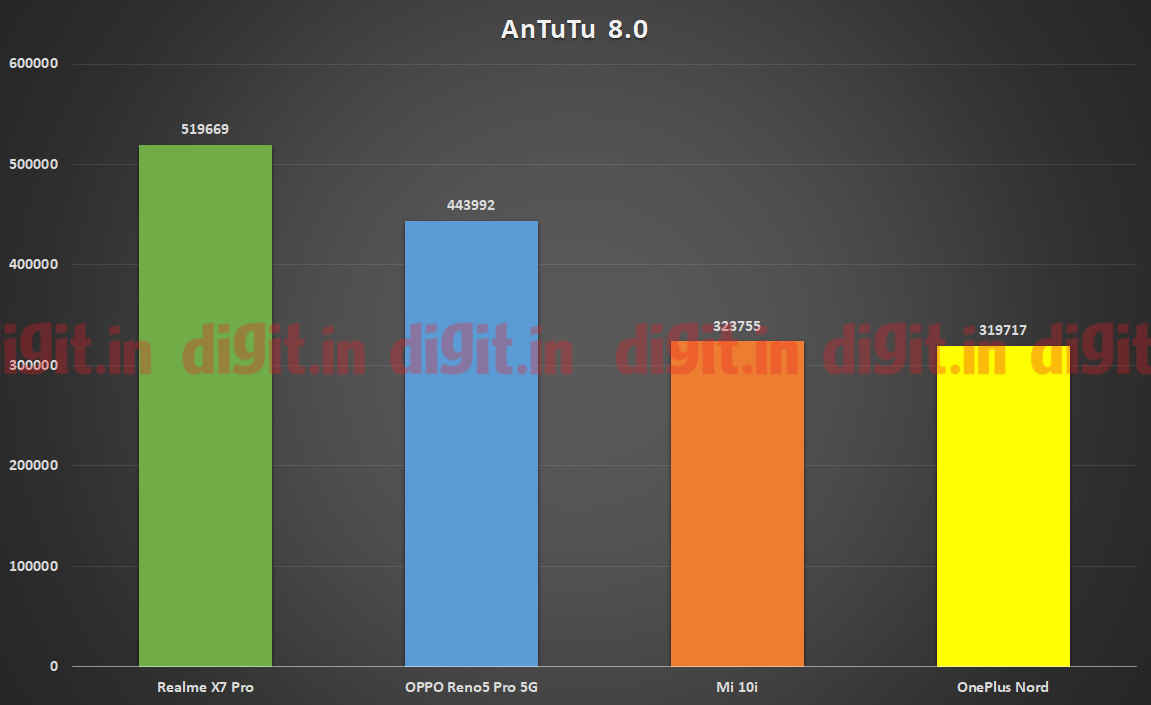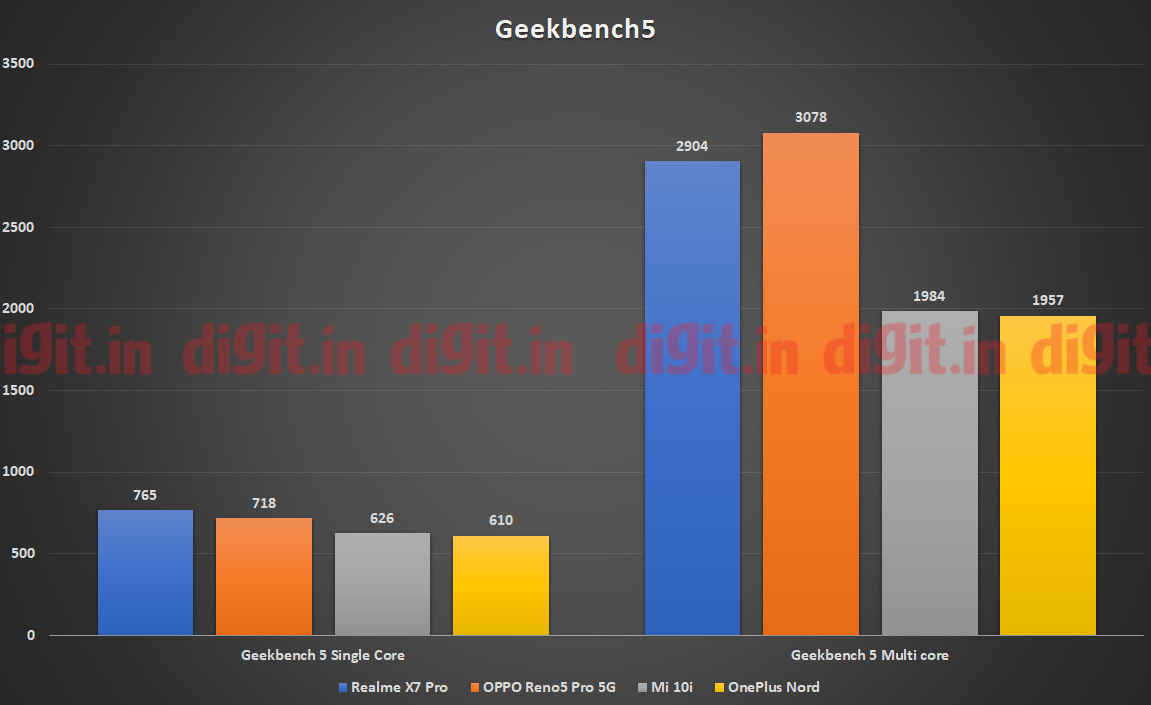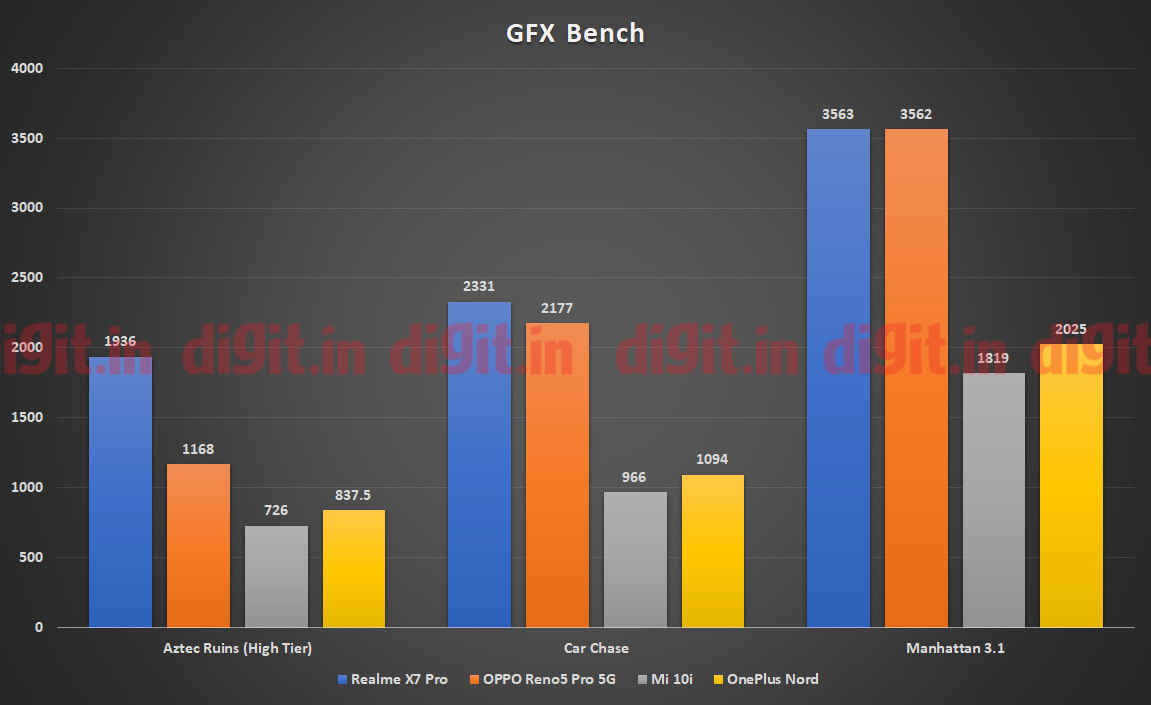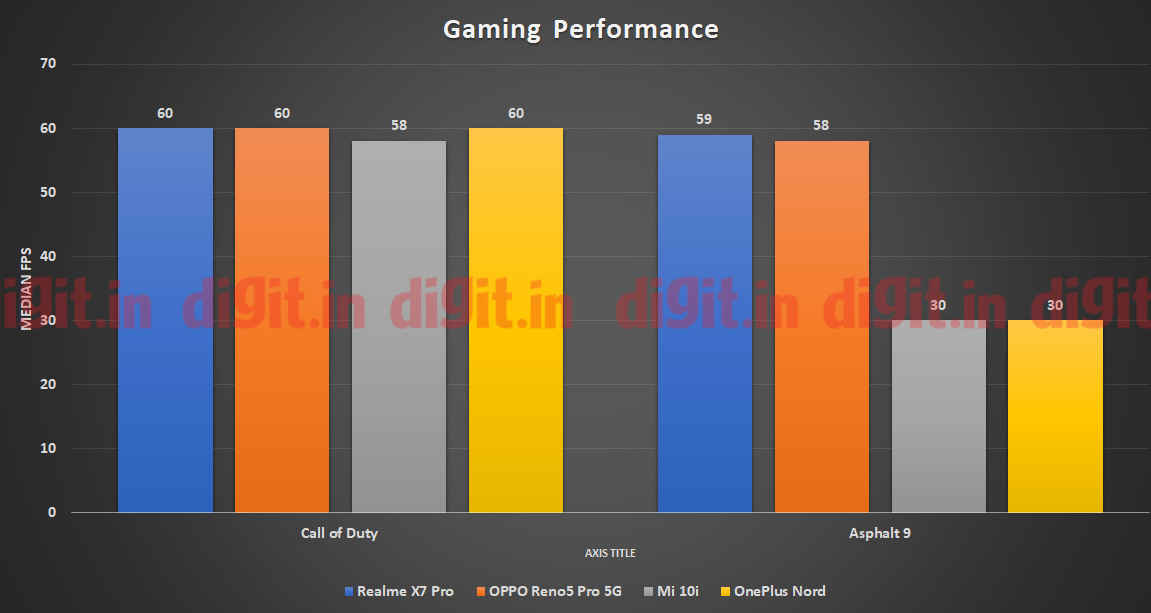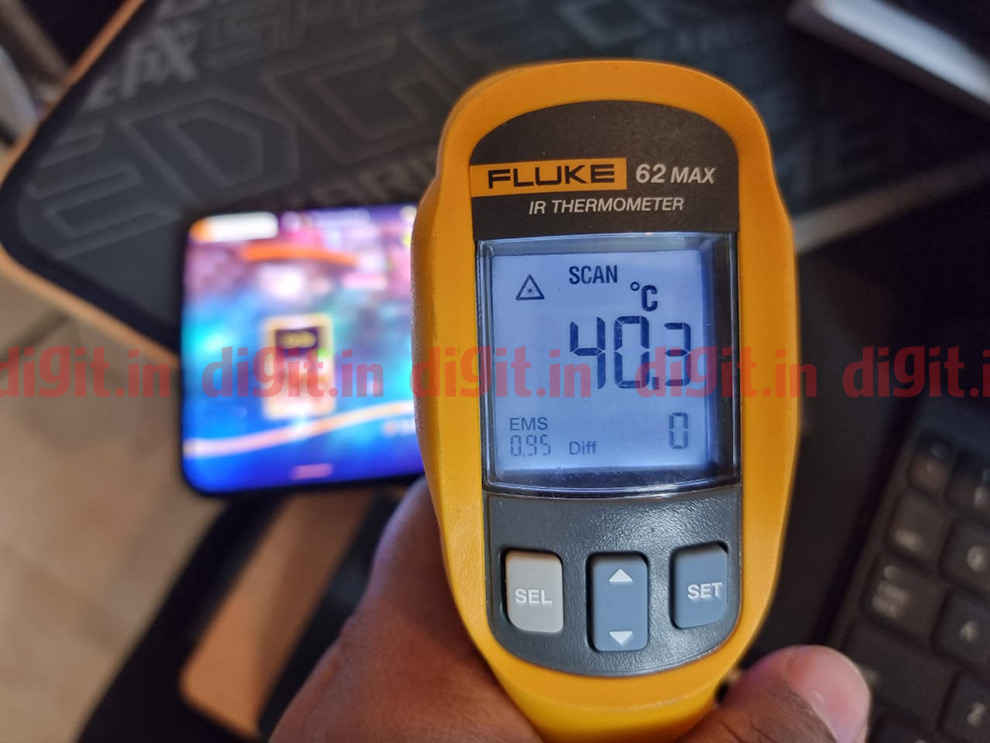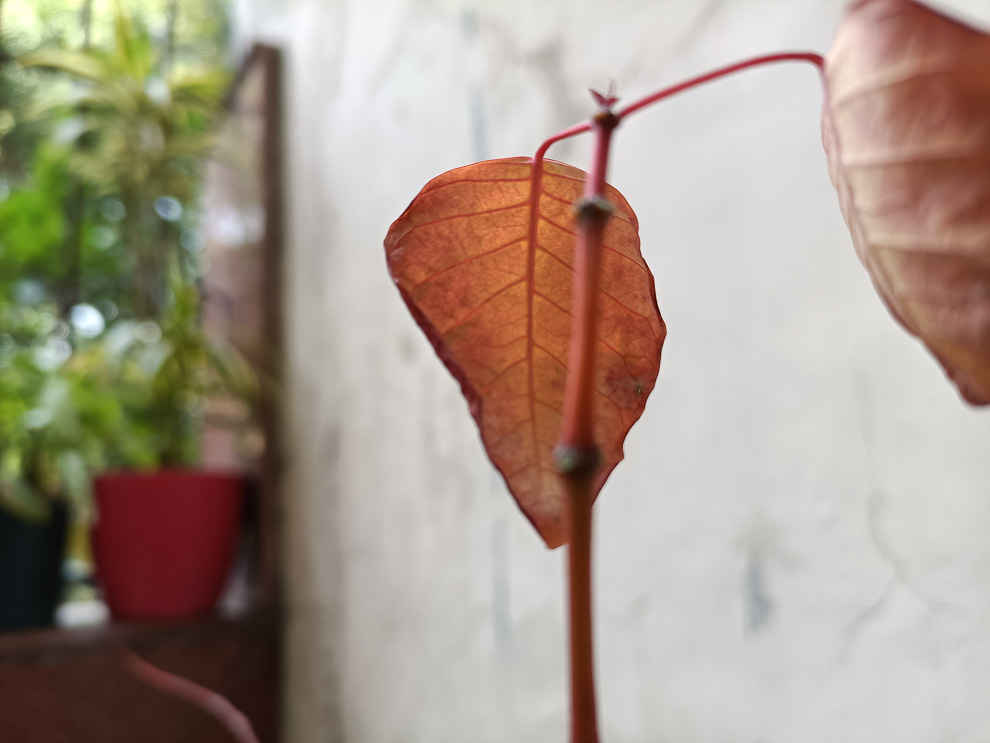Realme X7 Pro Review : A reliable workhorse
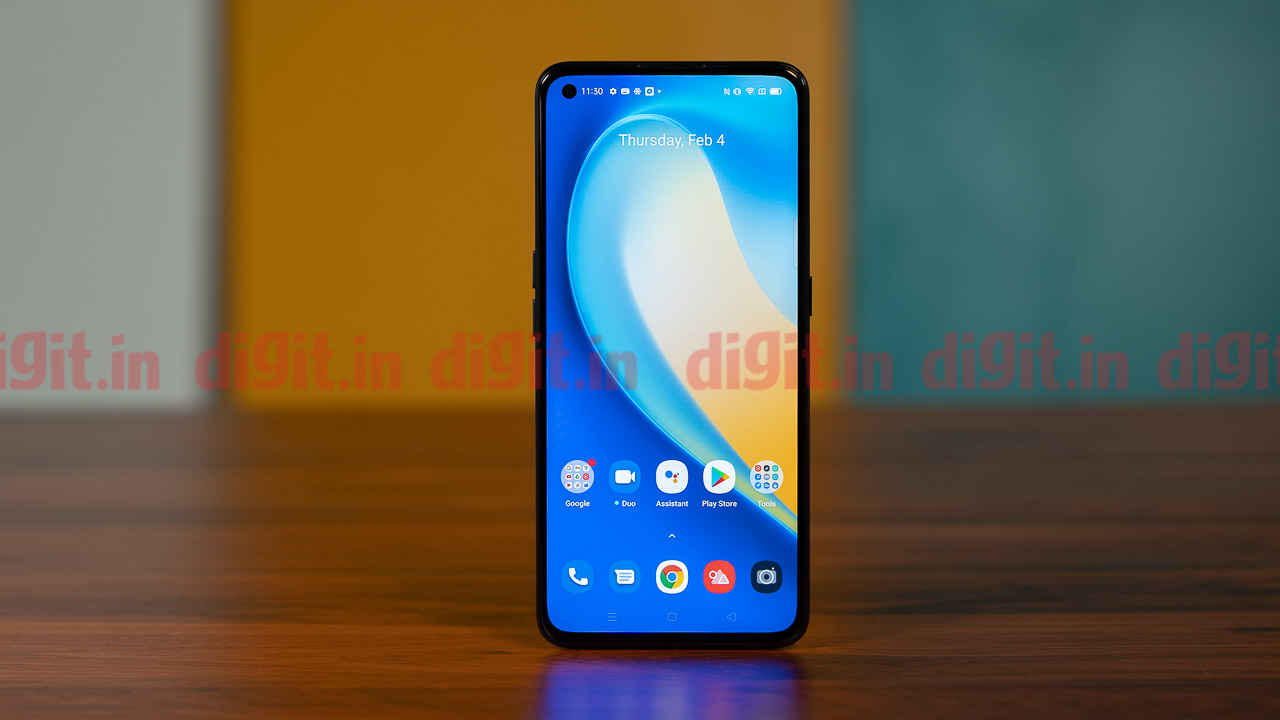
The Realme X7 Pro is a good daily driver of a smartphone for its great battery life, reliable performance and a gorgeous display that’s great both indoors and outdoors, for both work and play. Gamers will appreciate the 120HZ high refresh rate and 240Hz touch sampling rate on the Super AMOLED display. The Realme X7 Pro uses the new Sony IMX 686 sensor for really good results in both good light and low light. The Ultra-wide camera leaves room for improvement while the 2MP Macro and Monochrome cameras are of little use.
We are just two months into 2021 and we’re already seeing devices that offer new and novel improvements over their predecessors. This year’s performance bar is being pushed around by MediaTek with its Dimensity 1000+, a 7nm-based SoC which we saw in the OPPO Reno5 Pro 5G and are now getting to test out in the Realme X7 Pro. This is the first phone from Realme to launch in the country, and the brand is definitely starting off on a strong foot, at least on the basis of the on-paper specs. You’re getting the MediaTek Dimensity 1000+ SoC, 8GB LPDDR4x RAM, an FHD+ AMOLED display with a refresh rate of 120Hz and of course, super fast 65W fast charging. If you’re considering buying this phone, here’s everything you need to know.
Realme X7 Pro Performance
Realme X7 Pro is powered by the MediaTek Dimensity 1000+ SoC, with 4 performance cores and 4 efficiency cores. Running the chipset through our standard benchmarking process, we see that its performance is higher than that of the OPPO Reno5 Pro 5G. Further investigation reveals that this is because when the ROM detects a benchmark, it clocks up the four performance cores to the max. While this isn’t the kind of benchmark result inflation MediaTek is traditionally known for, it does unfortunately make the benchmark-based comparison unfair. We see evidence of the partial boost by recording the CPU frequencies while running popular benchmarks, and we also see that in GeekBench5, the multi-core results fall behind the rest of the other devices.
While the benchmarking might not give a reliable metric of performance, we still managed to evaluate day-to-day performance. Our gaming sessions were logged using GameBench, which allows us to evaluate second-by-second CPU data along with frame rates and the stability. With CoD Mobile, Asphalt 9 and even Shadowgun Legends set to their highest graphics settings. Our data looks promising on multiple counts. Firstly, the frame rates for both Asphalt 9 and CoD: Mobile were 60fps average, with 99 percent stability for the former and 100 percent stability on the latter. Shadowgun Legends also clocks an average FPS of 60fps, but with a stability of 99 percent. While gaming, we don’t face any performance issues, but do notice a build-up of some heat. The Realme X7 Pro features a vapour chamber for improved thermals, but we did clock specific parts of the screen hitting up to 40-degrees Celsius. The phone doesn’t get uncomfortable, but its winter right now, so a warm phone that feels nice to hold now, might feel unpleasant once summer rolls around.
With respect to average, day to day use, the Realme X7 Pro feels snappy and surprisingly reliable. Everything from e-mail, to taking and editing photos, everything runs well on the phone. Unlike with gaming, the phone does not heat up even noticeably so during day-to-day use. While our anecdotal experience of using the phone has been good, MediaTek’s continued practice of boosting the SoC performance for benchmarks leaves us very disappointed. This kind of practice makes it harder to accurately peg the device’s performance in an objective manner, preventing us from giving you a true account of the phone’s performance. Given that this behaviour does not exist on the Oppo Reno5 Pro 5G, we’re inclined to say that this one’s on Realme to fix.
Realme X7 Pro Camera
It’s a little crazy to see just how fast large-format-large-megapixel sensors got democratized. The Realme X7 Pro features Sony’s new IMX 686 sensor with a 64-megapixel resolution and measuring 1/1.72 inches diagonally. The result, for those who buy the Realme X7 Pro, is a good imaging experience. The smartphone also offers an 8MP ultra-wide camera and two additional 2MP cameras; one macro and one monochrome. So let’s dive into the image quality. Do note that all samples embedded below have been resized for web. You can view the original, unedited images in our Flickr Gallery here.
For well-lit daytime shots, you can just simply go ahead and shoot in the 64MP mode without worrying about a loss in image quality. Typically in the past, when you shot on the non-binned mode, the resulting image would be less sharp, less saturated and have visibly less dynamic range in comparison to tits binned counterpart. This gap in image quality seems to have been greatly narrowed down with this new sensor. The only noticeable difference between the binned and non-binned result is the dynamic range, with the binned result having a better representation of the shadows. This might not be a deal breaker in daylight shots, but will become a big deal when shooting in night mode.
When shooting in low light, the camera won’t automatically switch over to the Night Mode. However, once you do toggle the mode, you’re on your way to some very good results. The images resulting from the Night Mode are very well exposed and the HDR tone mapping allows for both shadows and highlights to be represented fairly, without hurting the dynamic range. The phone also offers an ultra-low light mode, which for the most part, allows you to shoot images in damn near pitch black. In fact, in our testing, the only way to kick the ultra low light mode on was to shoot our test scene in a near-pitch-black room. The results of the low light mode are definitely impressive, with very good noise control, impressive dynamic range and no visible colour shift. All this is definitely impressive, but there is a catch. Shooting in low light mode requires you to handhold the shot steady for a good 5-8 seconds. This means that there will be occasions where your shots will end up being blurred due to hand-shake and capturing any kind of candid low-light moments are out of the question. If you can hand hold till then (the phone does offer some level of EIS to keep the frame steady), then you will definitely walk away with impressive, social media worthy shots.
When you move onto the ultra-wide lens, the lack of autofocus does limit your framing. This doesn’t change the fact that day time results from this 8 megapixel shooter are definitely acceptable. The reason the shots don’t get classified as exceptional is because of the large amount of distortion half-way through the frame, making your subject look visibly stretched. There also appears to be fringing in some photos, but that’s a common occurance in ultra-wide lenses, so we can’t fault the Realme X7 Pro for that.
Perhaps the two most unnecessary additions to the camera stack are the macro and monochrome lenses, which don’t find any use beyond the novelty factor. The macro lens, for most part, is unusable due to lack of auto-focus and image stabilization. Add to that the fact that in order to get the subject in focus, you’re going to have to get very close (around 3cm close) and that can often cast the phone’s shadow on the subject, ruining the shot. Once again, this isn’t Realme’s fault, but that of the smartphone industry in general, which keeps forcing a half-baked, practically useless camera onto users because apparently “more is better.” It is not. For the most part you’re going to be limiting yourself to using the primary camera and the ultra-wide, Fun fact, you can take pretty decent close-up shots in the 64MP mode (or even the binned mode) and then crop that image to get better results than you would from the Macro camera.
Realme X7 Pro Display
One of the strongest points of differentiation between the Realme X7 Pro and the Oppo Reno5 Pro 5G is the display. Realme has gone all out and given users and FHD+ AMOLED display with a refresh rate of 120Hz and a touch sampling rate of 240Hz. These two features combined add to the extremely responsive feel of RealmeOS, which for some reason still remains in version 1 and is based on Android 10. Regardless, the display can be set to operate at 60Hz or 120Hz, with a third option allowing the phone to dynamically shift between the two (not to be confused with Adaptive Sync like that on the Mi 10i).
The Realme X7 Pro also boasts of a super bright display, hitting 1200 nits of peak brightness, but we measured the peak brightness to go up to 660 nits only. The reason for this is because the display pumps up to 1200nits when there is HDR content playing on the screen. Unfortunately, at the time of testing, the phone wasn’t compatible with Netflix or Amazon Prime’s HDR content playback, so we could not verify Realme’s claim on the 1200-nits bit. Other than that, the display is actually quite great. It is easily usable outdoors irrespective of the lighting conditions. The pre-applied screen protector, however, is a rather poor quality one, as it holds fingerprints very easily and also is prone to hosting reflections. Removing the screen protector great alleviated both of these problems, so we’d suggest you try and find a high-quality screen guard to protect your phone’s screen once you get it.
Realme X7 Pro Build and Design
The Realme X7 Pro doesn’t break any moulds when it comes to design. It comes in three colours, with the iridescent finish being the most unique one. Our black colour unit looks fairly homogenous with Realme’s other smartphones, including last year’s Realme 7 Pro. Even so, the simple design language is a good thing. The phone feels well balanced in the hand, an the button placement is comfortable to reach. The power button on the right side and the volume rocker on the left make for a good design aesthetic, although this is a purely personal choice. The black colour is extremely prone to showing fingerprints, and even though its Gorilla Glass 5 on the back, we would strongly recommend using the supplied TPU case to keep the phone clean and safe. There’s no headphone jack and neither is there a MicroSD card slot on this phone, two things that seem to be fast disappearing from smartphones these days.
Realme X7 Pro Battery Life
The Realme X7 Pro houses a 4500mAh battery with support for the company’s 65W SuperDart charging. Now in our usage with the display set to 120Hz, the phone just barely lasted a whole day of heavy use while the 60Hz mode got us till the next morning. We’re not too worried about these numbers though, since the 65W charging tops up the phone from 0 to 100 in under 40 minutes, which is just incredible. You could have the phone be at 2 percent battery, go take a shower and by the time you’re ready to leave for work, the battery is already charged enough to last you till the evening. The 65W charging is what redeems the otherwise average battery life on this phone, and that is a big plus in our books.
Realme X7 Pro Conclusion
The Realme X7 Pro, in our usage, did leave us every bit impressed. From the gaming performance to its super-fast charging make the phone a great daily driver. For those who like taking casual photos, the camera stack will offer pretty good and consistent performance, without having to fiddle with too many settings. For those of you out there who are a little more particular about numbers, the MediaTek Dimensity 1000+ SoC on the Realme X7 Pro has been configured to boost itself for benchmark runs, so we would absolutely not rely on them.
Swapnil Mathur
Swapnil was Digit's resident camera nerd, (un)official product photographer and the Reviews Editor. Swapnil has moved-on to newer challenges. For any communication related to his stories, please mail us using the email id given here. View Full Profile

